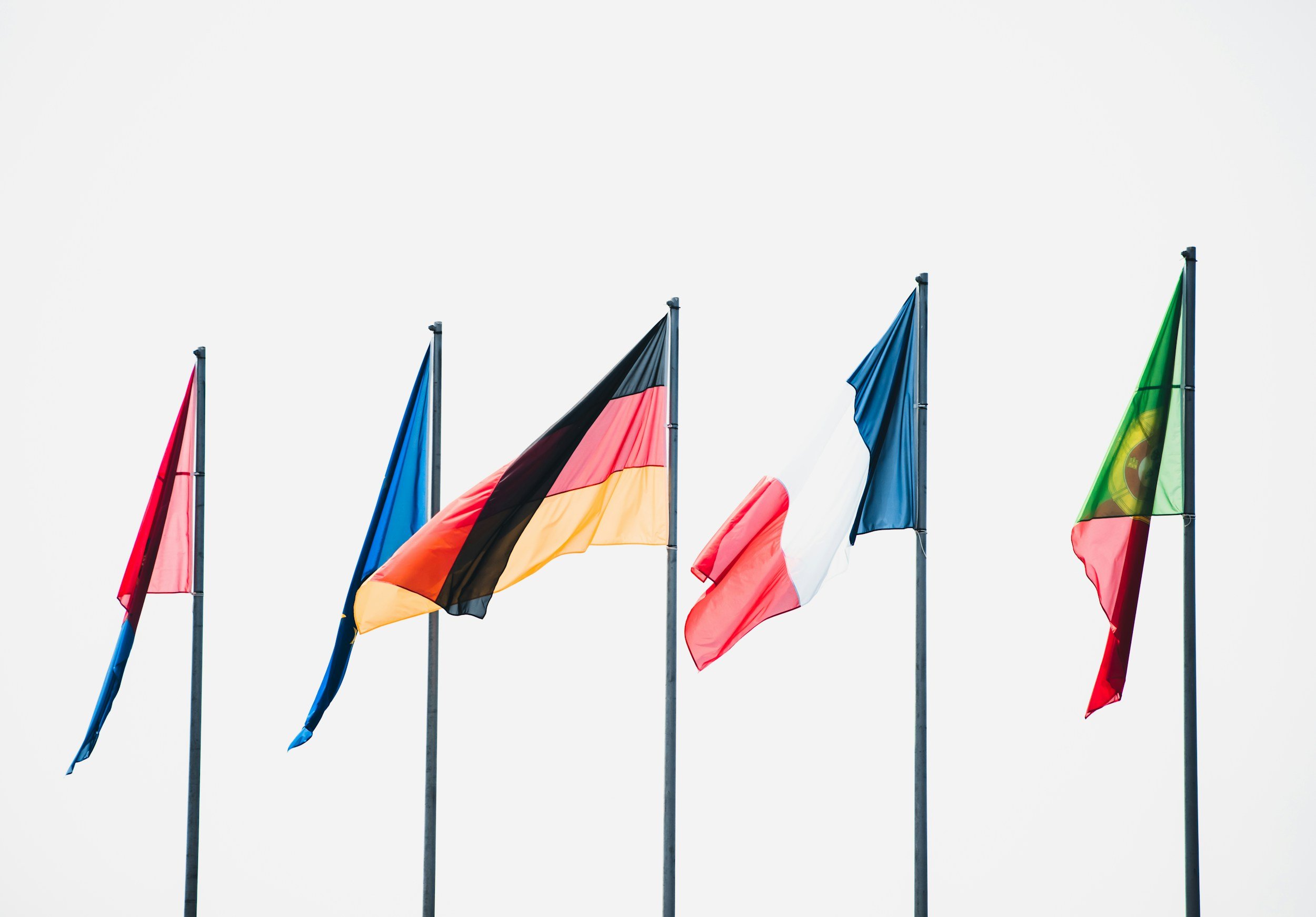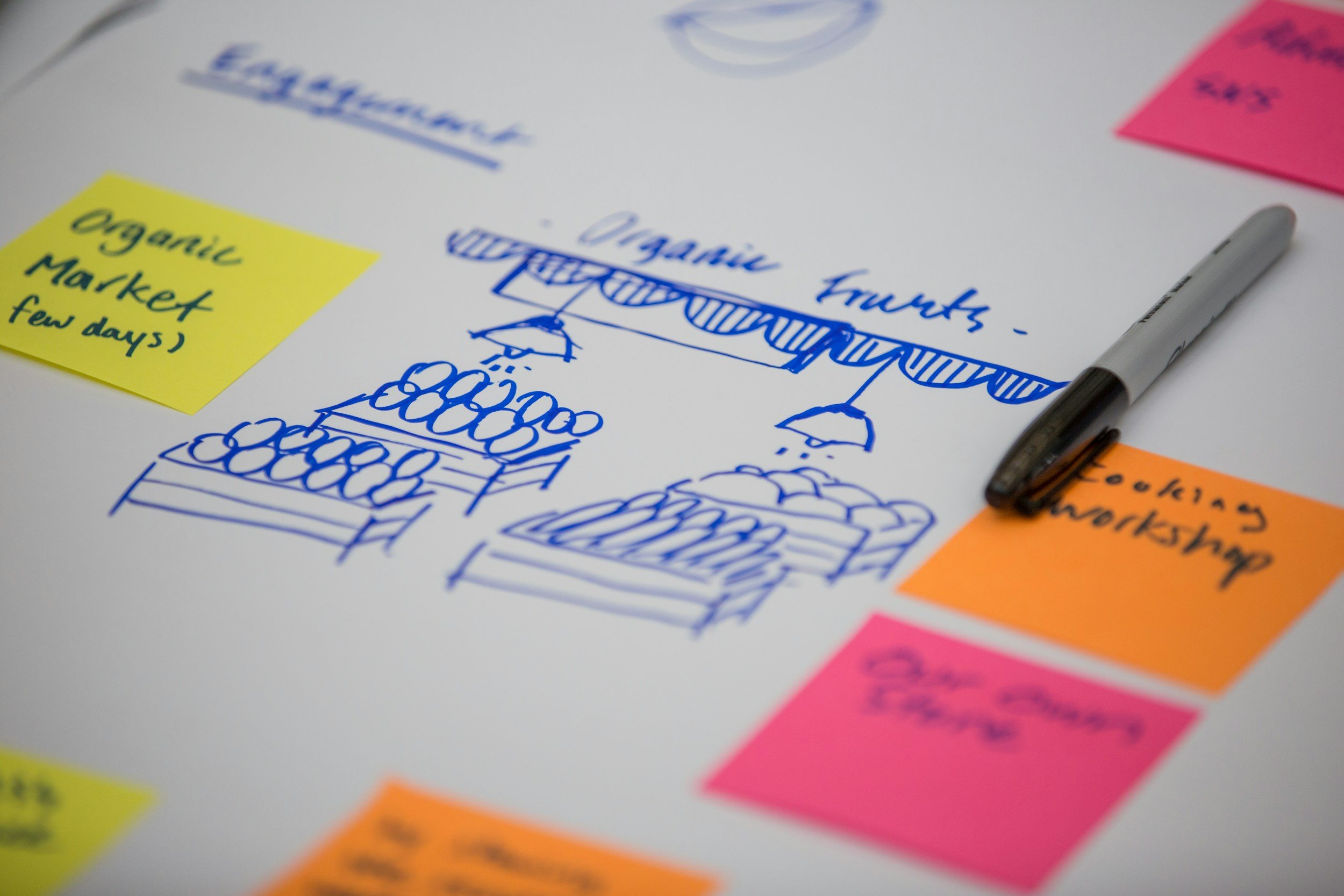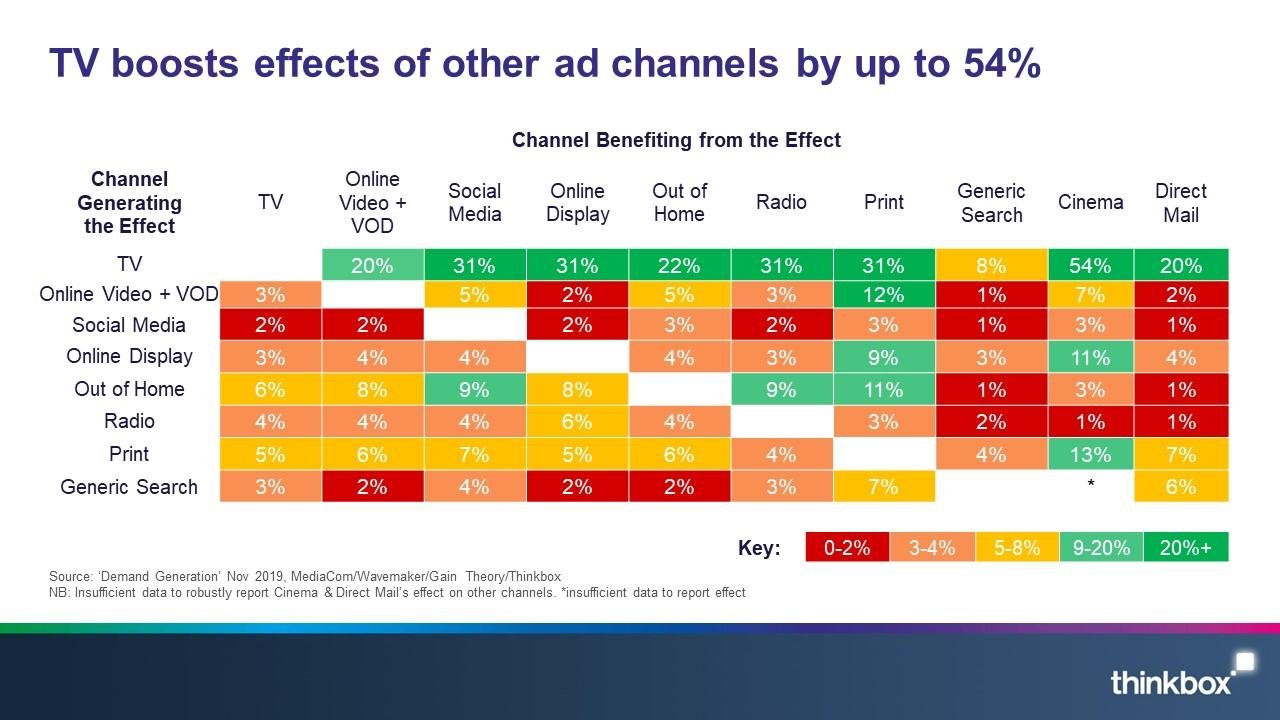Bridging the Gap: Integrating Traditional and Digital Media for Maximum Brand Impact
In today’s marketing landscape, the lines between traditional and digital media are increasingly blurred. However, successfully integrating these channels requires careful planning and execution. By following a few simple steps, businesses can create unified campaigns that amplify their brand presence and drive results.
Traditional and Digital can be integrated seamlessly to provide your potential buyer a powerful customer journey maximising the odds of conversion.
Consistent Messaging Across Channels
The first and most critical step in integration is ensuring that your messaging is consistent across all platforms. Whether it’s an Instagram ad, a billboard, or a TV commercial, the visuals, tone, and core message should remain the same. This uniformity ensures that your audience recognizes and remembers your brand, no matter where they encounter it.
For example, a billboard promoting a new product should echo the same imagery and messaging as your social media ads. This cohesion reinforces the message in consumers’ minds, solidifying your brand’s presence and keeping it top of mind for future consideration.
Understanding the Role of Each Channel
Every media channel has a distinct role in the marketing funnel, and recognizing these roles is essential for effective integration. For instance:
Awareness Channels: Traditional out-of-home (OOH) advertising, such as billboards, TV, and cinema, are excellent tools for building brand awareness. Their reach and frequency make them ideal for keeping your brand top of mind. However, these channels typically have a short interaction time (e.g., a billboard’s 2-second visibility), which is better suited for visibility than direct response.
Consideration Channels: Digital platforms like Facebook and Instagram excel in the consideration stage. They allow for more detailed messaging and engagement, nudging consumers closer to conversion through retargeting and personalized content.
Conversion Channels: Email marketing, search ads, and e-commerce platforms are typically where conversions happen. These channels are designed to drive immediate actions such as purchases, sign-ups, or inquiries.
By aligning your campaign strategy with the strengths of each channel, you can create a seamless journey for your audience through the marketing funnel.
Balancing Budgets Across Funnels
Integrating traditional and digital media requires careful budget allocation. Studies show that traditional channels like TV advertising can increase the effectiveness of digital campaigns by up to 20%. This is due to the frequency and reach of traditional media amplifying the impact of digital efforts.
However, the reverse can also be true. Digital channels, with their precise targeting capabilities, can enhance the efficiency of traditional campaigns. The key is to strike the right balance between awareness, consideration, and conversion activities. Avoid spreading your budget too thinly across a large geography, as this reduces the likelihood of consumers encountering your message on multiple platforms. Instead, focus on concentrated areas to maximize the overlap between channels.
Calculating CPMs and Target Audience Size
The foundation of successful integration lies in correctly estimating your cost-per-thousand impressions (CPMs) in a specific area relative to your target audience size. This ensures that your budget is optimized to deliver a cohesive message to the right audience at the right frequency. A thinly applied budget can dilute your campaign’s effectiveness, while a well-targeted approach can significantly amplify results.
Leveraging Data for Campaign Optimization
Data analytics plays a crucial role in refining your integrated campaigns. Use digital platforms to gather insights about audience behavior, preferences, and engagement. These insights can then be applied to optimize traditional media efforts. For example, data from social media can inform the creative strategy for TV ads, ensuring that the messaging resonates with your target audience.
Start Small and Scale Strategically
If this is your first time integrating traditional and digital media, start with a smaller geography. A localized campaign allows you to establish benchmarks and measure success before scaling up. By analyzing the performance of your integrated efforts, you can refine your strategy and apply these learnings to larger campaigns.
How One Day Agency Can Help
At One Day Agency, we specialize in creating integrated marketing strategies that seamlessly blend traditional and digital media. Whether you need help aligning your digital campaigns with your ATL (Above The Line) efforts or building an integrated approach from scratch, our team is here to guide you every step of the way.
Let’s bring your brand’s story to life across all channels. Contact us today to start your integration journey.












